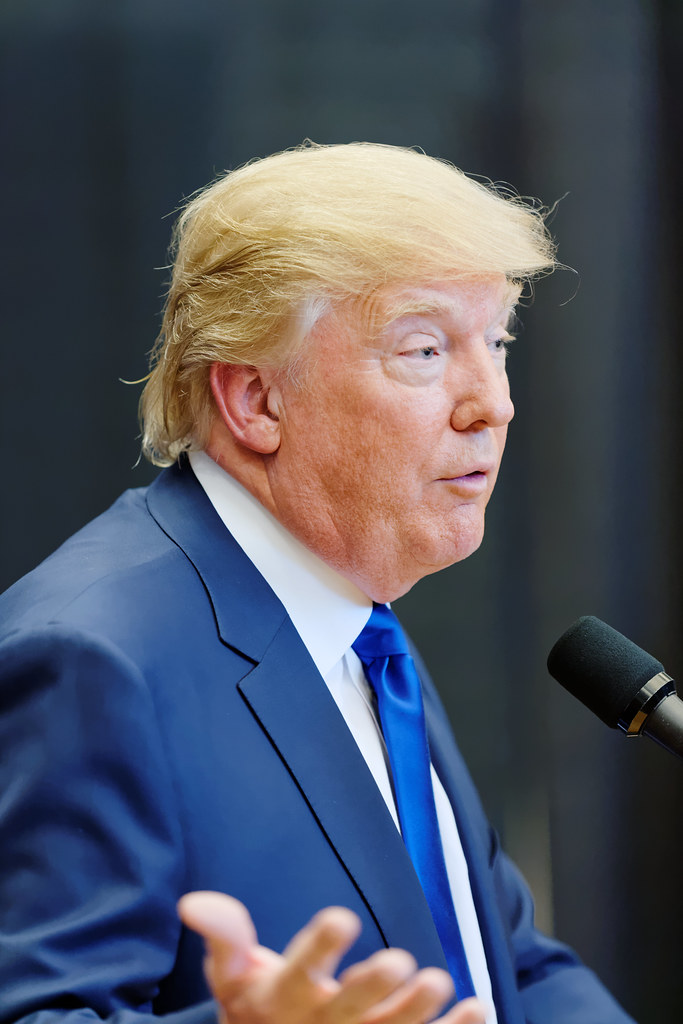Key Takeaways
• Federal shutdown delays vital energy assistance funding
• Low-income families face colder homes and higher stress
• States urge Washington to restore energy assistance now
• Local offices work to support residents despite delays
Why energy assstance funding is delayed
With the federal shutdown in week five, funding for energy assistance is stuck in limbo. As a result, states cannot send money to help families pay heating bills. Consequently, low-income households may face cold nights and overdue notices. Meanwhile, local charities and community groups scramble to fill the gap.
How the shutdown puts pressure on energy assistance
When Congress fails to pass spending bills, the government shuts down. Therefore, many programs pause nonessential operations. This pause includes the Low-Income Home Energy Assistance Program. Energy assistance grants usually flow from the federal government to states. However, with the shutdown, those grants remain on hold.
States report that millions depend on energy assistance. Without relief, families risk shutoffs and unsafe heating methods. In addition, unheated homes can worsen health problems. For instance, children and seniors may face breathing issues in a cold home. Clearly, the delay matters for everyone’s safety.
The real impact on families
First, imagine a single parent working two jobs. Next, picture that parent trying to afford rent, food, and a gas bill. Without energy assistance, they must choose which bill to pay. As a result, they may skip heat payments to buy groceries. In turn, utility companies can cut power or gas.
Second, think about an elderly person on a fixed income. Inflation has already strained their budget. Now, they wait for energy assistance checks that may not arrive. Consequently, they risk living in freezing temperatures. In severe cold, this situation can lead to health emergencies.
Third, consider a family with young children. Children need warm clothes and warm meals. Yet, parents facing unpaid bills may turn to dangerous heating methods. These methods include space heaters left unattended or ovens used for warmth. Tragically, these stopgap solutions can start fires or cause carbon monoxide poisoning.
State actions and warnings
Several states have issued public alerts about the energy assistance delay. For example, Ohio announced that its program will run out of money soon. Meanwhile, Michigan warned about frozen waiting lists. In addition, Massachusetts said it may reopen applications later than planned.
At the same time, some governors have called for emergency funds. They argue that federal law requires uninterrupted energy assistance. However, they still lack the cash to cover new applicants. As a result, states must decide which families to help first.
Local community groups now fill some gaps. They offer small grants, donated heaters, and blankets. Yet, these groups cannot match the scale of federal energy assistance. Therefore, advocates urge Congress to resolve the shutdown quickly.
What happens next?
First, Congress can pass a continuing resolution to end the shutdown. If they do, energy assistance funding can move again. States would receive back payments and new grant allotments. Then, local agencies would process applications without further delay.
Second, if the shutdown drags on, some states might face full funding exhaustion. In that case, officials may have to close new applications. Existing recipients could even see reduced payments. That scenario could push more families into danger.
Third, lawmakers might consider emergency bills. Such measures could release only the energy assistance funding. However, this approach requires bipartisan support in a tense political climate. Still, advocates say it is better than leaving families without help.
How to prepare and stay informed
While waiting for a federal fix, families can take a few steps now. First, contact your local energy assistance office. Ask if they have emergency funds or waitlist options. Second, gather paperwork such as income statements and utility bills. Having documents ready speeds up processing when funds arrive.
Third, look for local charities and faith-based groups. Many offer winter drives, free firewood, or bill vouchers. Fourth, seal drafts around doors and windows. Weather stripping and simple plastic films can help retain heat. Finally, learn about safe heating options. Avoid running stoves or grills indoors.
Energy assistance in the long term
This delay highlights how vulnerable low-income households remain. Even in normal years, energy assistance funding runs short. Rising energy costs and inflation increase demand. Therefore, some experts call for program reforms.
One idea is to fund energy assistance through a dedicated fee. A small surcharge on energy bills could build a reserve fund. That fund might keep payments steady during political standoffs. Another proposal links assistance to automatic eligibility. Families on food aid or Medicaid would qualify without extra forms.
Moreover, expanding weatherization programs can reduce heating costs. Insulation upgrades, efficient stoves, and weather seals help homes stay warm. In the long run, fewer dollars would be needed in direct energy assistance.
Until then, families depend on timely funding. Energy assistance remains their primary shield against winter’s chill. Thus, lawmakers face pressure to solve the shutdown for public safety.
Frequently asked questions
What causes energy assistance delays?
Delays happen when Congress fails to pass spending bills on time. The shutdown stops payments for nonessential programs. As a result, states do not get federal energy assistance funds.
Who can apply for energy assistance?
Low-income households qualify based on income and family size. Applicants must live in homes that use electricity, gas, oil, propane or wood. Local offices set specific income limits.
When will delayed funds arrive?
Funds return once Congress ends the shutdown and approves budgets. States then receive back payments and new grants. Timing depends on federal paperwork and state processing.
How can families find help now?
Families should contact their local energy assistance office. They can ask about emergency aid or waitlist status. In addition, community charities sometimes offer heaters and blankets.








